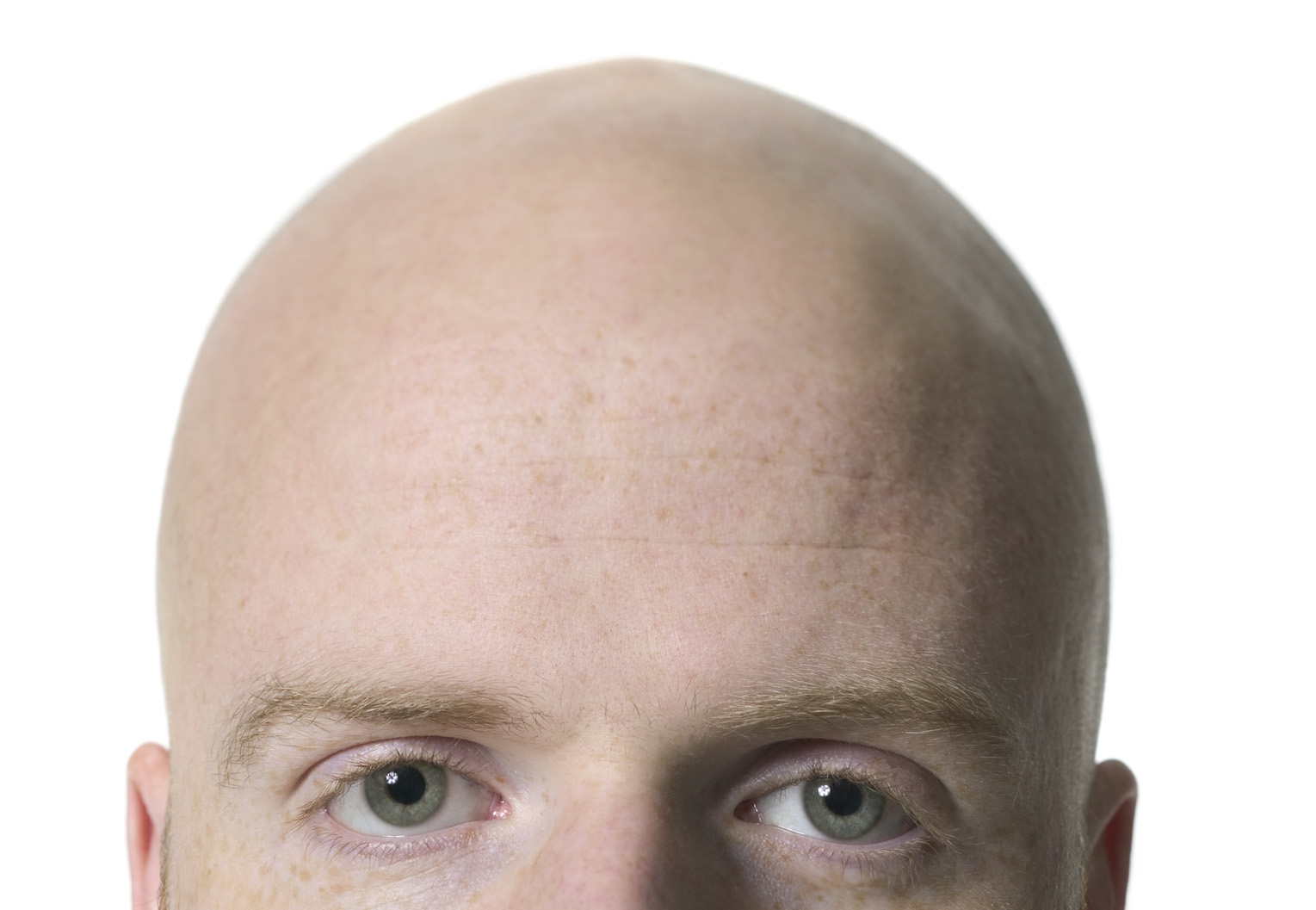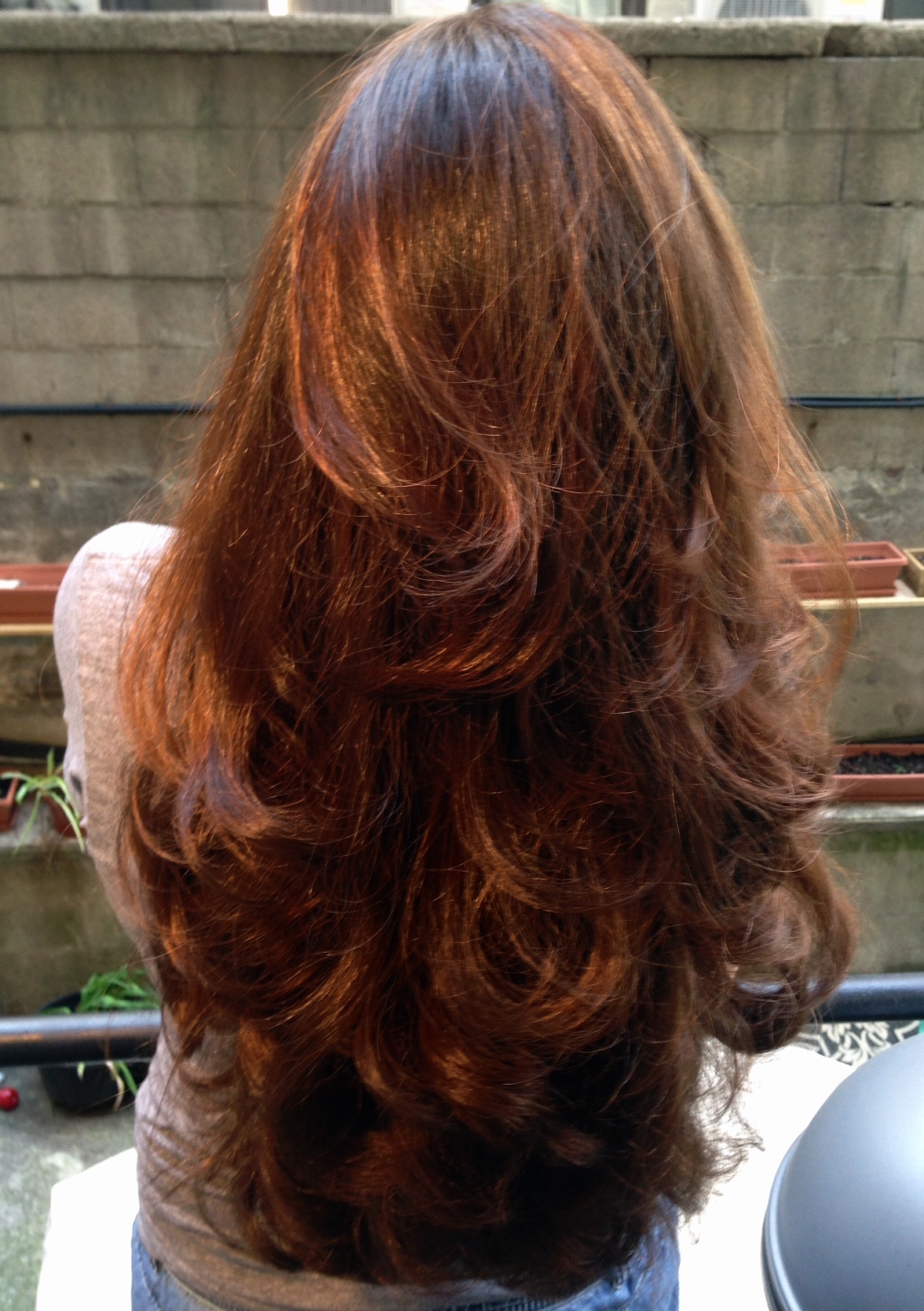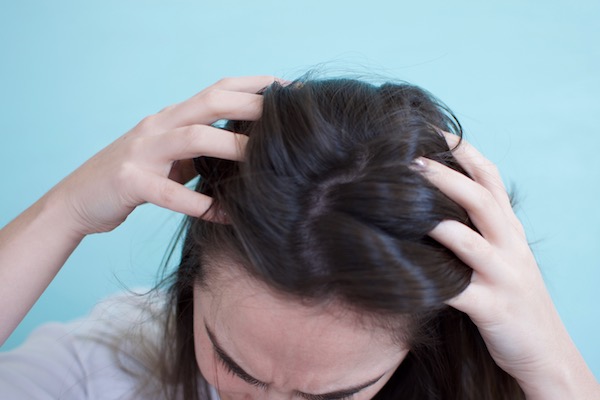Find out what’s causing your baldness…
Balding is a problem that a surprising number of people face every day. No matter what they do, their hair line slowly recedes until they have almost no hair on the top of their head. In many cases, the baldness can spread to the point that the entire head is completely hairless. For many, it is a problem that can affect their self-confidence and sense of identity.
But what’s up with that hair loss? Why is it happening to you? What’s causing it? Here’s everything you need to know on androgenetic alopecia–also known as male and female-pattern hair loss…
What is Androgenetic Alopecia?
Androgenetic alopecia is also called pattern baldness (common in both men and women), thanks to the fact that the hair loss follows a specific pattern rather than being sporadic or random hair loss. The pattern is that classic “M” shape. The hair begins to thin at the temples, slowly receding until there is the “M” shape in the hairline. Hair may also thin at the crown of the head. If the hair loss is bad enough and the hairline recedes far enough, it may result in total hair loss.
For women, the hair loss pattern is different. The hairline doesn’t recede, but the hair all over the top of the head slowly grows thinner and weaker. It’s rare for a woman suffering from androgenetic alopecia to go completely bald.
How common is this condition? It’s estimated that roughly 50 million American men suffer from androgenetic alopecia. Roughly 50% of men over the age of 50 suffer from androgenetic alopecia, and a surprising number of young people are affected as well. The pattern baldness can set in during the teenage years, and by the time the men reach the age of 30 or 35, they can be completely bald.
For women, however, the hair loss is never quite as bad, nor does it start as early. In most cases, women only suffer from androgenetic alopecia once they pass menopause.

READ MORE: The Perfect Awkward Office Gift
What Causes it?
There are a few things that can cause androgenetic alopecia:
- Genes — Male pattern baldness is a genetic condition passed down from one generation to the next. It may skip generations, but it remains in the family. The AR gene (which provides your body instructions on how to process androgen receptors) plays a huge role in male and female pattern baldness.
- Hormones –– Baldness is primarily caused by a hormone called androgens. When androgens are produced in excess, the result is hair loss.
- Medical conditions –– There are a few more serious causes of hair loss, such as cancer, thyroid conditions, anabolic steroids, and the side effects of medications. It’s important to understand that these things may all cause hair loss, as it will help you to take steps to deal with the problems before your hair falls out completely.
- Fungal conditions –– Did you know that fungal infections of your scalp can be the cause of your male pattern baldness? The infections affect the health of the follicles, which may shrink and cause damage to the hairs.
There are a few things that can increase your risk of developing this baldness, such as:
- PCOS (for women)
- Prostate disease and enlargement (for men)
- Coronary heart disease
- High blood pressure
- Insulin resistance disorders (including obesity and diabetes)
All of these things are risk factors in androgenetic alopecia, so be aware that they may contribute to or even be the cause of your hair loss. Take steps to deal with the problem to stop your hair from falling out!








